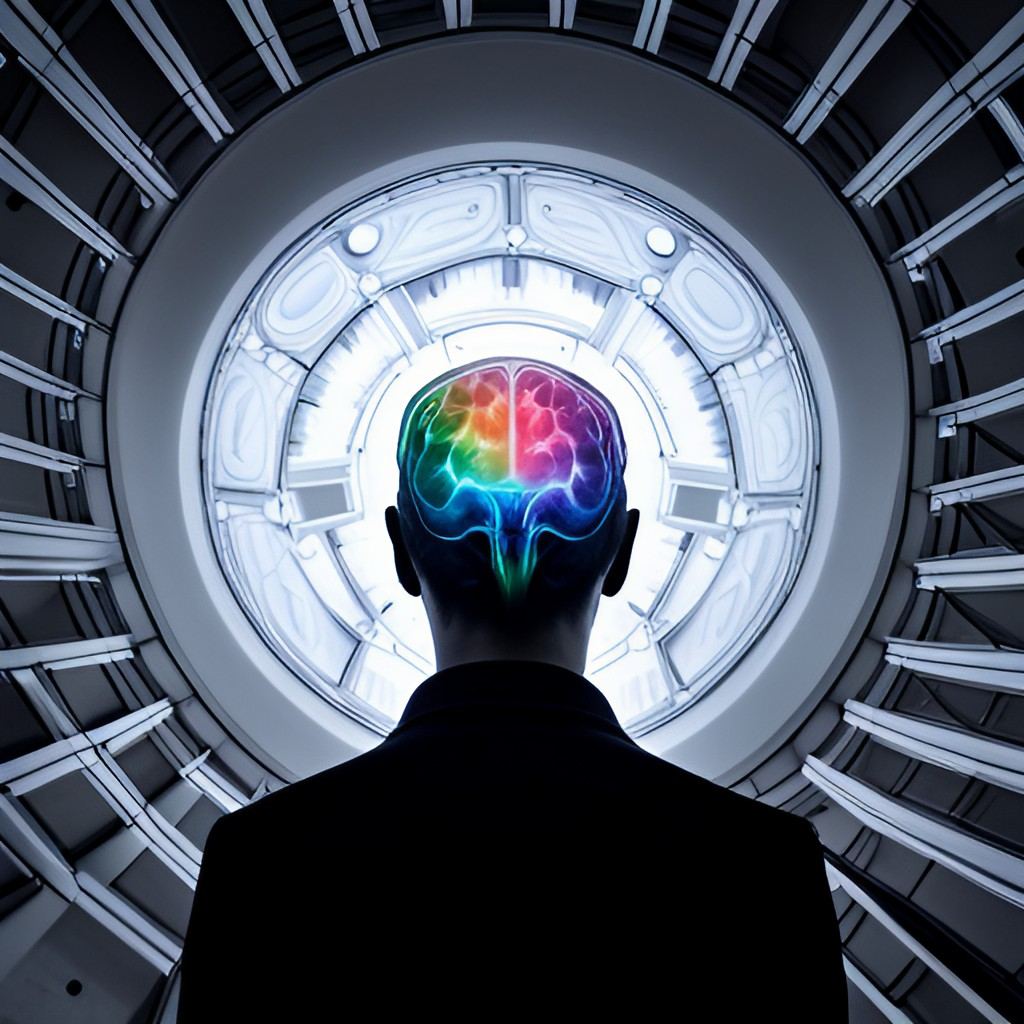In a remarkable development, researchers have effectively utilized deep learning to expedite brain magnetic resonance imaging (MRI) at ultralow-field strengths of 0.055 Tesla (T). This achievement carries the potential to make MRI more widely available in healthcare settings across the globe, particularly in areas where high-field MRI scanners are in short supply.
The recent publication in the journal Science Advances unveils a groundbreaking deep learning-driven framework that considerably reduces scanning time and augments the quality of images produced in ultralow-field MRI.
The research team optimized MRI protocols for T1- and T2-weighted scans on a 0.055 T MRI machine using sophisticated deep-learning methodologies. This approach eliminated the necessity for specialized radio frequency shielding rooms and concurrently amplified the signal-to-noise ratio (SNR). Here, we delve into the findings and the broader implications.
Advancing MRI Accessibility
Magnetic Resonance Imaging (MRI) is an invaluable diagnostic tool recognized for its non-invasive and three-dimensional imaging attributes. However, accessibility to high-field MRI scanners, typically operating at 1.5 or 3 Tesla (T), has posed a significant challenge in numerous regions worldwide. The lack of access to these costly machines in acute care facilities, trauma centers, and community clinics has led to disparities in healthcare services.
The research in Science Advances presents a transformative solution to address this accessibility predicament. By harnessing the potential of deep learning, the research team succeeded in expediting brain MRI scans within an ultralow-field strength of 0.055 T. This groundbreaking approach not only drastically reduces the duration of scans but also elevates the overall quality of the resulting images.
Revolutionary deep learning techniques
At the heart of this breakthrough lies the adoption of advanced deep-learning techniques. These sophisticated methods were employed to eliminate electromagnetic interference without necessitating complex shielding enclosures, reducing the financial burden and intricacy associated with the MRI setup. Furthermore, deep learning played a pivotal role in augmenting the signal-to-noise ratio (SNR) at ultralow-field strengths, a persistent challenge in MRI.
The study’s findings illuminated the deep learning-based approach, commonly known as the 3D PF-SR (Partial Fourier Super-Resolution) model, and its proficiency in addressing common issues encountered in ultralow-field MRI. Notably, it significantly mitigated artifacts such as blurring and ringing while enhancing spatial resolution. This development translates to healthcare professionals obtaining sharper, more distinct images, enhancing their diagnostic capabilities.
Clinical applications and benefits
The practical implications stemming from this research are considerable. In a test encompassing 15 healthy individuals, the PF-SR model vividly demonstrated its capacity to diminish noise and PF-related artifacts while markedly enhancing the clarity of brain structures. Of particular note, it unveiled instances of age-related atrophy among elderly subjects, mirroring outcomes obtained through high-field MRI scans. This milestone can potentially revolutionize the diagnostic and monitoring processes for various neurological conditions.
To ensure the robustness of the PF-SR model, the research team conducted a comprehensive reproducibility test involving an individual positioned differently during two separate scanning sessions. The results underpin the resilience of this deep learning-driven approach, further validating its suitability for clinical deployment.
Integrating deep learning techniques into ultralow-field MRI marks a significant breakthrough in medical imaging. The 3D PF-SR model dramatically curtails scanning durations and heightens the overall image quality. Moreover, it promises to democratize access to MRI technology, offering benefits to healthcare facilities devoid of high-field MRI machines and enhancing diagnostic capabilities across a spectrum of neurological conditions.





